The fallacy: “Writing children’s picture books should be as easy as, well, cracking an egg from a long drop.”
This fallacy shares a bed with: “It’s only a few hundred words. I can crank that out in my sleep.”
And there’s another hiding under the covers: “I read picture books when I was a kid, and I’ve read them to kids. That makes me an expert.”
Makes for a pretty crowded bed, eh?
Shortly after stripping the bed and exposing these thoughts to the world, writers begin to mutter, “I didn’t know it would be this difficult.”
Writing a picture book takes much more than a brilliant idea. Turns out, it takes “all the king’s horses and all the king’s men” to be successful.
Here’s a short list of factors to consider:
1) Picture books DEPEND on illustration. It’s a mistake to create a stand-alone text to tell the story. Instead, the words should suggest the situation and setting. Let the illustrator do some of the heavy lifting. If you fill the page with description, the manuscript will be too wordy AND corner the illustrator, giving little leeway for the artist’s flight of fancy.
2) The majority of today’s standard picture books are 32 pages in length (due to the manufacturing process). Yes, there are exceptions, but editors are looking for a story that will come alive within the boundaries of this page restriction. Lay out your text visually, storyboard it, to see if the 32-page format works. If not, get out the scissors and snip, snip, snip.
3) Make the readers (kids) itch to turn the page. Build tension by putting your character(s) in precarious situations or set up jokes so the punchlines fall after the page-turn. Storyboarding exposes where scenes fall in a series. It doesn’t work to set up a joke on the left hand page only to see the result on the right. The text and image that falls on a full spread (across both pages) or the right hand page should build the tension for what comes next. In many cases, the tension should rise over a series of pages, only to be relieved after the page turn.
4) The importance of being earnest—not! Earnestness works for parents and grandparents. It is the kiss of death for children’s books. Kids want excitement, LOL humor, creative puns and wordplay, crazy situations, scatological innuendo, etc. And they want heros who take down the giants so they can feel powerful, too. It also helps to include a little humor to delight parents, given that they may be reading this book over and over and over again.
5) Avoid the rhyme of “almost-but-not-quite” death. If you really, really, really, really, really, really, insist on rhyming, study authors who do it well. Don’t let yourself get by with an “it’s close enough.” Go to the library. Ask five adults you don’t know (browsing in the children’s section—or better yet, a children’s librarian) to read your manuscript aloud to you. Only ask them to do it once; a cold read is crucial to test the rhyme. It has to be spot on or else the person reading aloud will stumble, mutter that “it didn’t quite work,” give you a sympathetic smile, and then run screaming from the children’s section.
So, those are just a handful of factors to consider. If you feel driven to write picture books, good luck! With time and all the king’s resources (your writers group, your kids, helpful blogs, the kindness of strangers, etc.), you will pick up the pieces of your manuscript, put them together in new ways, and create a fresh and brilliant egg to place atop the wall for all to view—again and again.
For those who aspire to do more than aspire, here’s a children’s book writing resource that I’ve recently discovered: Julie Hedlund
I had written a post not too long ago that was skeptical of writing for quantity versus quality: Waiting for Robin Hood
But Julie’s site provides the incentive for banging out first drafts coupled with ongoing support to polish those gems. Happy writing!

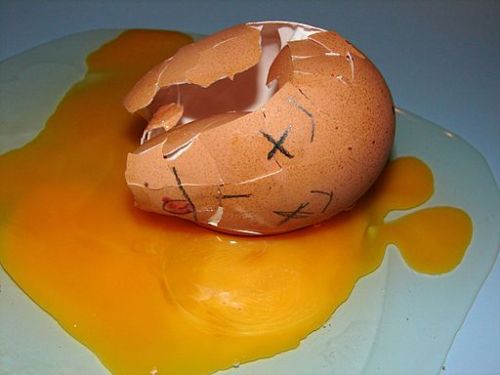

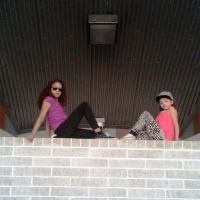




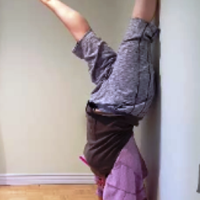
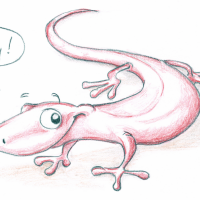
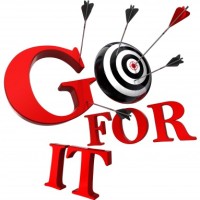
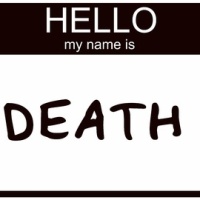
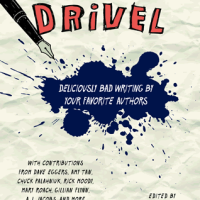



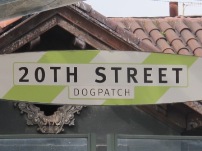


Never before have I read a post that made me nod so much. If you made it any longer I would’ve needed a neck brace.
It’s good to hear that you were nodding and not nodding off. Now go get yourself some ibuprofen and call me in the morning.
Nicely put!
Thanks, Laurel. I’m sure you have pages of pointers you could add.